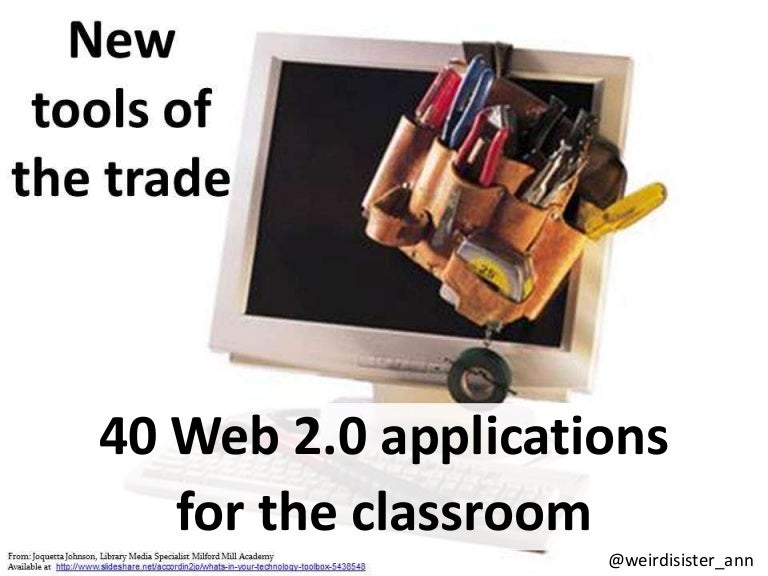

Another YouTube video shows a young person's love of mathematical equations expressed through modern dance. "You're the new world, and I'm your Christopher Columbus," raps one Tufts University hopeful. But many student projects lack substance. Popular sites such as YouTube are loaded with videos of young individuals marketing themselves to big institutions. Web 2.0 technologies make it easy to assemble multimedia material and publish online. a program that enables users to interact with each other (i.e.Universities and workplaces are increasingly looking for digital portfolios to learn about young candidates.an online interactive virtual reality program influenced by the people who use it.visit a teacher-created avatar in Chinese, and student vokis in French.

avatar creation sites allow users to create an online persona - based on your own appearance, or use a pre-loaded character (i.e., animals, fantasy characters, famous people, etc.).Visit Facebook pages about famous people: Salvador Dalí & Nicolas Sarkozy.users can select to join one or more participating networks, such as a school, hobbies, interests, geographic region, or social group.sites that offer interactive, user-submitted network of friends, personal profiles, blogs, groups, photos, music and videos and other applications.

#WEB2.0 VIDEO TOOLS SOFTWARE#

Blog: an online journal with frequent, chronological publication of personal thoughts and Web links it is often updated daily.For an overview of great webtools for teaching languages, view this PowerPoint presentation.a shift from a "read only" web (where users retrieve information) to a "read/write" web (where users can also "publish" to the web).a term referring to a second-generation of Internet-based services such as social networking sites, wikis, and other communication tools, that emphasize online collaboration and sharing among users.The best way to learn about Web tools is to jump in and use them for yourself - so have fun!įor more information about web tools for language teaching, try the new Corwin book: Empower English Language Learners with Tools from the Web. How can we make sense of the many excellent web-based tools for teaching languages? Here is a brief description of some of these tools with videos and examples of how other teachers have already used them. Our students are digital natives, while many of us are humble digital immigrants.


 0 kommentar(er)
0 kommentar(er)
